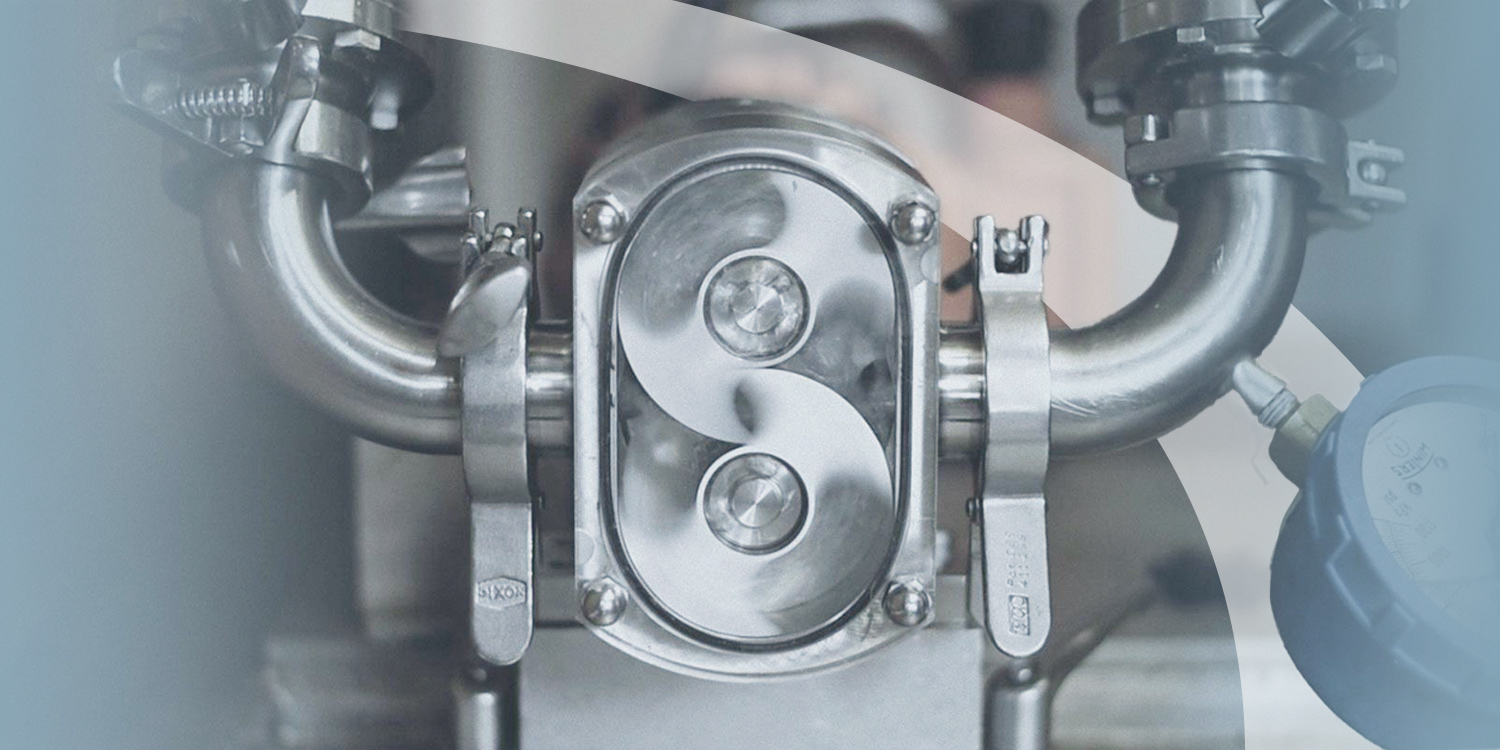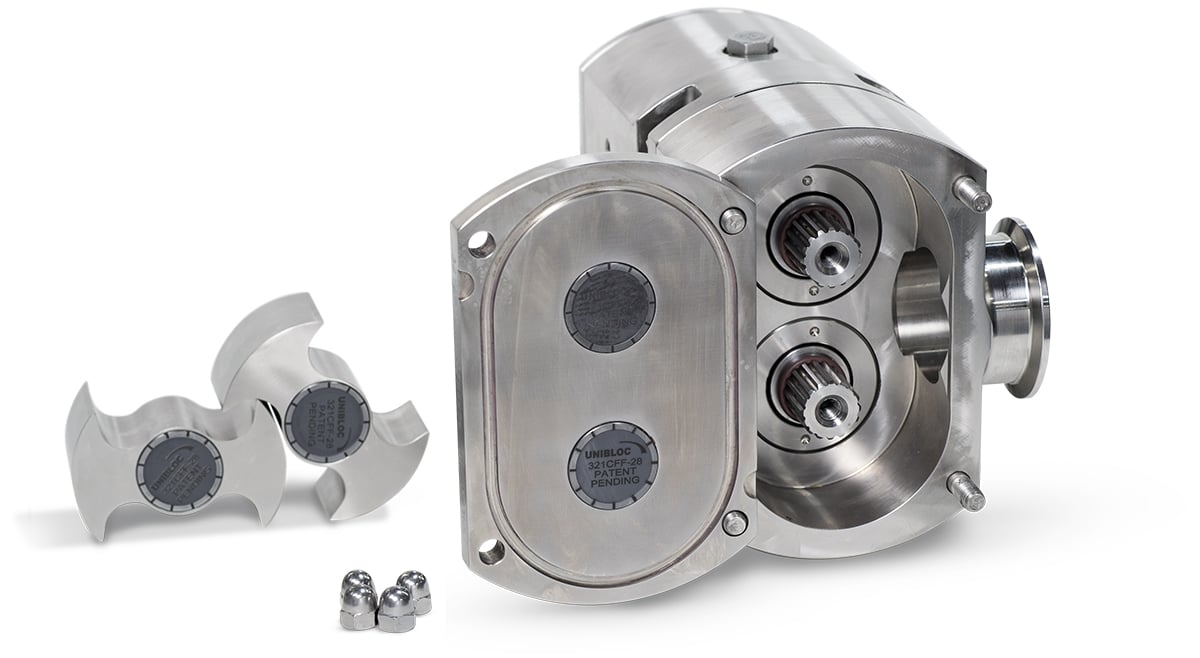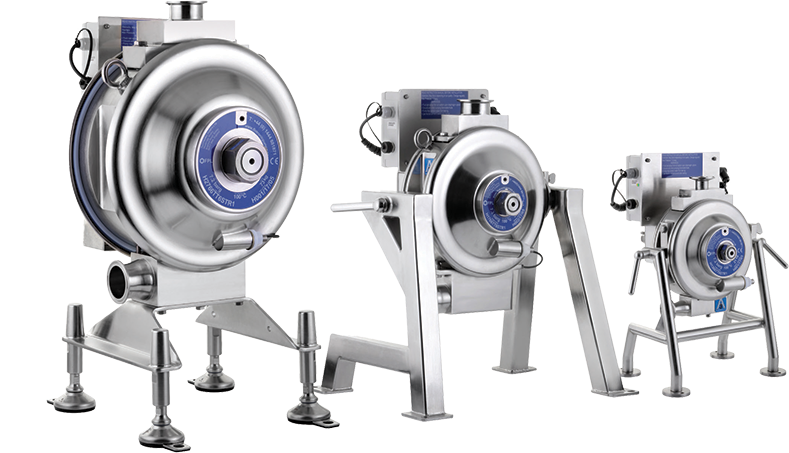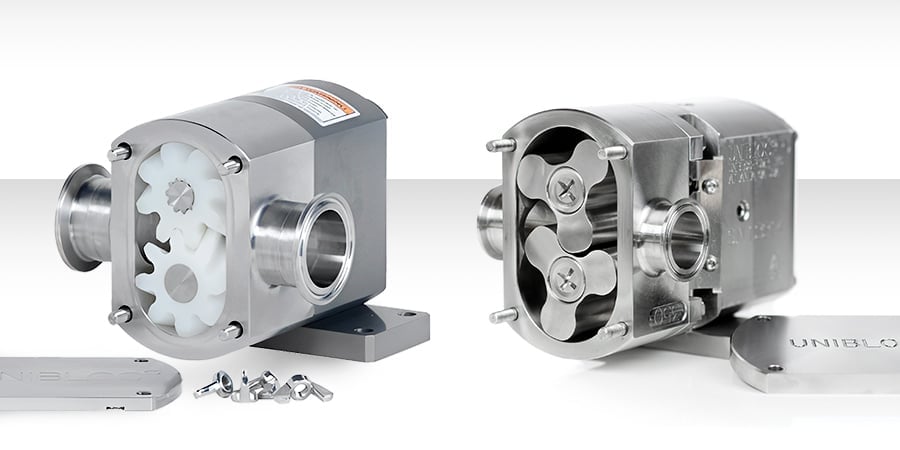Enhancing Safety in Poultry Processing: The Role of Hygienic Pump Solutions

Executive Summary:
Companies can achieve a combination of food safety and worker safety with the right equipment choice. Hygienic pump solutions like Unibloc® QuickStrip® pumps enhance safety in poultry processing by reducing contamination risks, improving worker retention, and optimizing maintenance efficiency.
Key Takeaways:
- Contamination risks pose severe consequences for poultry processing.
- Unibloc QuickStrip pumps minimize contamination risks with innovative design.
- Efficient maintenance enhancements can improve worker retention, lower costs and improve throughput/productivity.
In an era where social media brims with people going to great lengths for their fleeting moments of fame, there is one type of notoriety no company desires—the spotlight that accompanies food product recalls. Recently, a major poultry processor was thrust into the unwelcome limelight when a staggering 30,000 pounds of product was recalled due to the alarming discovery of metal fragments in its chicken nuggets. The USDA Food Safety and Inspection Service (FSIS) classified this incident as a Class I recall, defined as a "reasonable probability that the use of the product will cause serious, adverse health consequences or death."
Product recalls are a stark reminder of the gravity of food safety and the high stakes in maintaining public trust in the products consumed daily. This burden falls on the shoulders of many staff members at the processing plant, from purchasing to the maintenance crew. Proper procedures and proper equipment can enhance safety in poultry processing plants, including the selection of the right type of hygienic pump.
Fallout stemming from product recalls.
According to one insurance company, the average cost of a food product recall is $10 million but can rise much higher depending on its scope and severity. In addition to the wasted product, companies can face fines and potential lawsuits. The recall itself and the aftermath disrupt normal business operations. Additionally, jobs could be in jeopardy.
The FSIS website posts an annual table that lists recalls according to cause. The first category for "extraneous material" found within the food product far outstrips any other category. Almost 500,000 pounds of meat and poultry products were recalled in 2022 due to this reason.
In poultry processing, the stakes are high for issues that could cause a product recall. In addition to foreign material contamination, bacteria pose an ongoing threat. Ground chicken or turkey is susceptible to bacterial contamination from pathogens such as Salmonella or E. Coli.
As ready meals become popular, operators should know that bacteria can migrate into the muscles through marination. Equipment surfaces used during ready-meal processing are the primary source of potential contamination. Sales of value-added meat and poultry products have "skyrocketed," according to a report in Food Business News. Value-added products include pre-marinated, pre-cut, or pre-seasoned meats and poultry products, with 73% of shoppers saying they frequently purchase these products in 2022. Processors must combat the increased potential for contamination. Pumps come into direct contact with all of these forms of poultry products during processing and, as such, play a role in food safety. A pump can harbor bacteria and become a point of contamination for an entire batch of products if improper sanitation practices aren’t followed.
Meeting product safety guidelines.
Safety inspectors from the USDA FSIS may inspect pumps after they’ve been cleaned and before reassembly, swabbing surfaces to test for the presence of bacteria. These rigorous safety protocols are designed to ensure that equipment and surfaces involved in processing raw or value-added poultry remain free from harmful pathogens. Any lapse in sanitation or bacteria that lingers on equipment surfaces can contaminate poultry products, potentially jeopardizing public health.
Clean-out-of-place (COP) processes are the norm for cleaning raw poultry pumps. Several maintenance plans require carrying out COP tasks during the third shift, typically staffed by employees with the lowest tenure and a tendency for high turnover. Shift workers unfamiliar with a pump are more likely to reassemble it incorrectly after cleaning. Typical pumps have many small parts that could be installed backward, bent, damaged, or lost, perhaps even ending up in the product as foreign material.
The presence of training and experience gaps may result in various issues in pump maintenance, as improper cleaning procedures can potentially damage the pump and cause product contamination. Some of the most common ways pumps can be damaged is through:
- Pump galling.
- Metal or foreign material insertion.
- Unintentional scratches from tools and handling during cleaning.
- Mishandling the pump's front cover.
Pump galling refers to wear or damage that can occur on the internal, wetted surfaces of pumps and related equipment. Galling is typically associated with metal-to-metal contact, such as between rotating components or sliding components and a stationary component in the pump. For example, galling may occur between the rotors and the front cover. This contact leads to localized damage, roughening, and occasionally the formation of raised areas or bumps on the affected surfaces. These roughed-up areas can trap food residue and increase the risk of bacterial growth. The damage can also reduce the pump's efficiency, increase maintenance requirements, and compromise the equipment's integrity over time. Given tight clearances, even a small scratch can grow into a significant issue.
During maintenance processes, the tools themselves can be a source of problems, since it is easy for a worker to unintentionally scrape the pump with the tools used during disassembly or reassembly. This creates a scratch in the metal surface where food can become lodged, and bacteria proliferate.
It’s also common for a maintenance team member to move the heavy pump cover and other parts around, even putting them on the floor. This makes the cover itself a potential source of bacteria transferred from the ground back to the pump when it is reassembled, along with the routine nicks and scratches formed as a result of improper parts handling.
Worker safety a prominent concern.
In addition to having concerns about food safety, poultry processor managers are also concerned about worker safety.
First, the pump's heavy metal cover, slicked by the fats present in poultry products, poses a potential safety hazard. The slick surface increases the risk of a worker losing their grip on the cover and getting hurt.
Secondly, improvised actions, such as using a hammer to loosen bolts, can increase the risk of an injury. And, given the presence of USDA inspectors in the plants, any safety lapses can have severe consequences, up to and including a plant shutdown.
Designing safety into every aspect of a pump.
A properly designed and engineered pump can minimize all risks for the poultry processor, simply due to forward-thinking food-focused design features of the pump. QuickStrip FoodFirst pumps from Unibloc Hygienic Technologies are designed for rapid strip-down and simple, hygienic maintenance. Multiple features of their engineered design foster product and worker safety:
- Fewer parts. Reduce the chance of small pump parts entering the product stream and causing foreign material contamination. Fewer parts make it simpler, less time-consuming, and less expensive to clean.
- No tools are required. Unibloc QuickStrip pumps require no special tools for assembly and disassembly, a process that has been proven in multiple food processing plants. Workers are far less likely to scratch or gall the pump when tools are not necessary.
- One-way assembly. The simplicity and ease of the pump's one-way assembly diminishes the possibility of installing parts backwards and reduces the risks associated with missing or damaging parts. This assembly method minimizes the pump as a source of foreign material contamination.
- A proprietary design feature is its Safety Swing Arm, a supported pump cover on a hinged swing arm. The cover swings open sideways and does not need to be removed to gain access to the wetted components. Thanks to this midair suspension and easy-open swing arm, workers are spared the onerous task of lifting off the cover, eliminating a potential worker safety hazard. Also, the swing arm eliminates the possibility of workers placing the cover on the dirty floor.
- Unibloc QuickStrip pumps are available with plastic rotors that are metal detectable. These rotors help food processing plants determine if parts of the rotors are creating foreign contaminants in the food product.
Critical benefits of Unibloc QuickStrip FoodFirst pumps.
A faster pump cleaning cycle saves time, cutting pump maintenance to just 20 minutes instead of the usual hour needed for cleaning other pumps.
The cleaning process is sometimes seen as unpopular by employees and typically scheduled for the third shift. Streamlining the process with a faster pump cleaning cycle makes it easier and more efficient and could even help improve worker retention.
In addition, a pump designed to enhance safety will lead to fewer food and worker safety incidents and lend a longer service life to the pump itself. These more durable pumps reduce the potential need for repairs and limit the need for annual seal/elastomer replacements.
In poultry processing, where the consequences of food product recalls are dire, Unibloc Hygienic Technologies offers a clear solution for enhanced safety and efficiency. Our QuickStrip FoodFirst pumps not only prioritize product safety by minimizing contamination risks but also uphold the well-being of the workforce through straightforward hygienic maintenance processes. With fewer parts, no need for special tools, one-way assembly, and innovative features like the Safety Swing Arm, our solutions not only reduce downtime but may also contribute to worker retention, higher throughput, and lower maintenance costs. To learn more about how Unibloc Hygienic Technologies products can help streamline your poultry facility, please contact us or read more about our poultry industry solutions.




